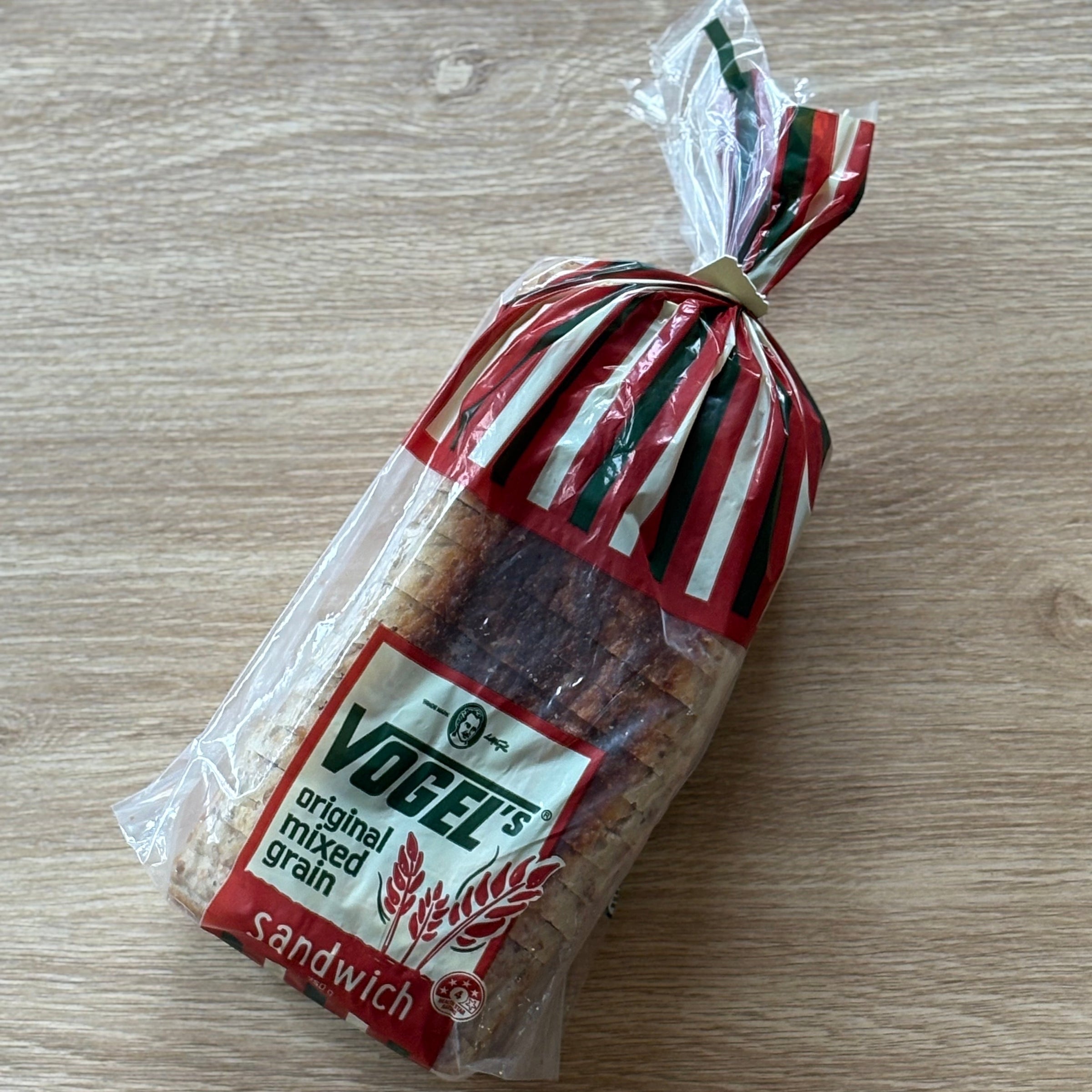How Much Glyphosate Is In Our Bread?
Posted on September 22 2025

Glyphosate - the world’s most widely used herbicide - has become a growing concern when it comes to the food we eat every day. Here in New Zealand our government is looking to raise the levels that is allowed in our food, I personally think this substance should be banned.
In August, No More Glyphosate NZ tested six common supermarket breads to find out whether traces of this chemical were turning up on Kiwi shelves. Along with several NZ supermarket breads, my favourite all time classic loaf Vogels, was tested.
The first round of testing showed "none detected" due to the reporting standards that we have here. So No More Glyphosate commissioned a second round of testing using more sensitive methods than the first test - with detection limits that align with international studies and European regulations.
By going beyond New Zealand’s usual monitoring standards, the second test not only gives a clearer picture of what’s really in our bread but also helps set an independent benchmark for the future.
Why is any amount of glyphosate in our food a concern?
Research shows that even at very low levels, glyphosate can interfere with the body’s natural systems. It has been linked to hormone disruption, damage to beneficial gut bacteria, reproductive problems, and an increased risk of certain cancers.
Children and infants are especially vulnerable because their developing bodies are more sensitive to chemical exposures. Over time, even small amounts can build up and contribute to long-term health issues.
That’s why going beyond standard testing limits is so important as it allows us to see the full picture and understand what we are consuming.
From No More Glyphosate NZ ...
Those first results showed “none detected” at the reporting limits used by the lab (0.05 mg/kg for most samples). That left an important question: would more sensitive testing reveal residues that the first round had missed?
Because of this, we arranged a second round of testing at a lower detection limit of 0.01 mg/kg (10 ppb) — a benchmark commonly used in international studies and European regulations. This makes our results easier to compare with overseas research, while going beyond the higher limits typically used in New Zealand’s routine monitoring.
Our reasons for testing remain twofold:
Uncover what’s in our food right now.
Independent testing helps shine a light on products that aren’t being looked at closely enough under New Zealand’s official monitoring system.
Set a benchmark for the future.
Even if residues appear low today, creating a baseline now is crucial. If levels rise in the future — for example, if the Ministry for Primary Industries raises allowable limits — we will have independent data to measure against.


